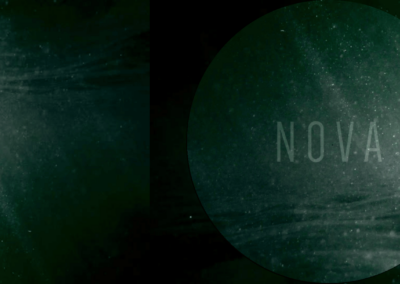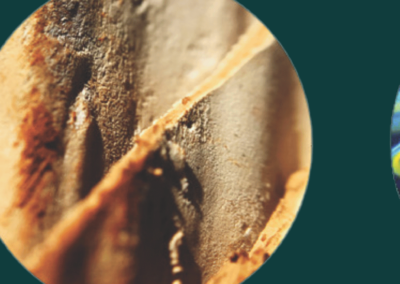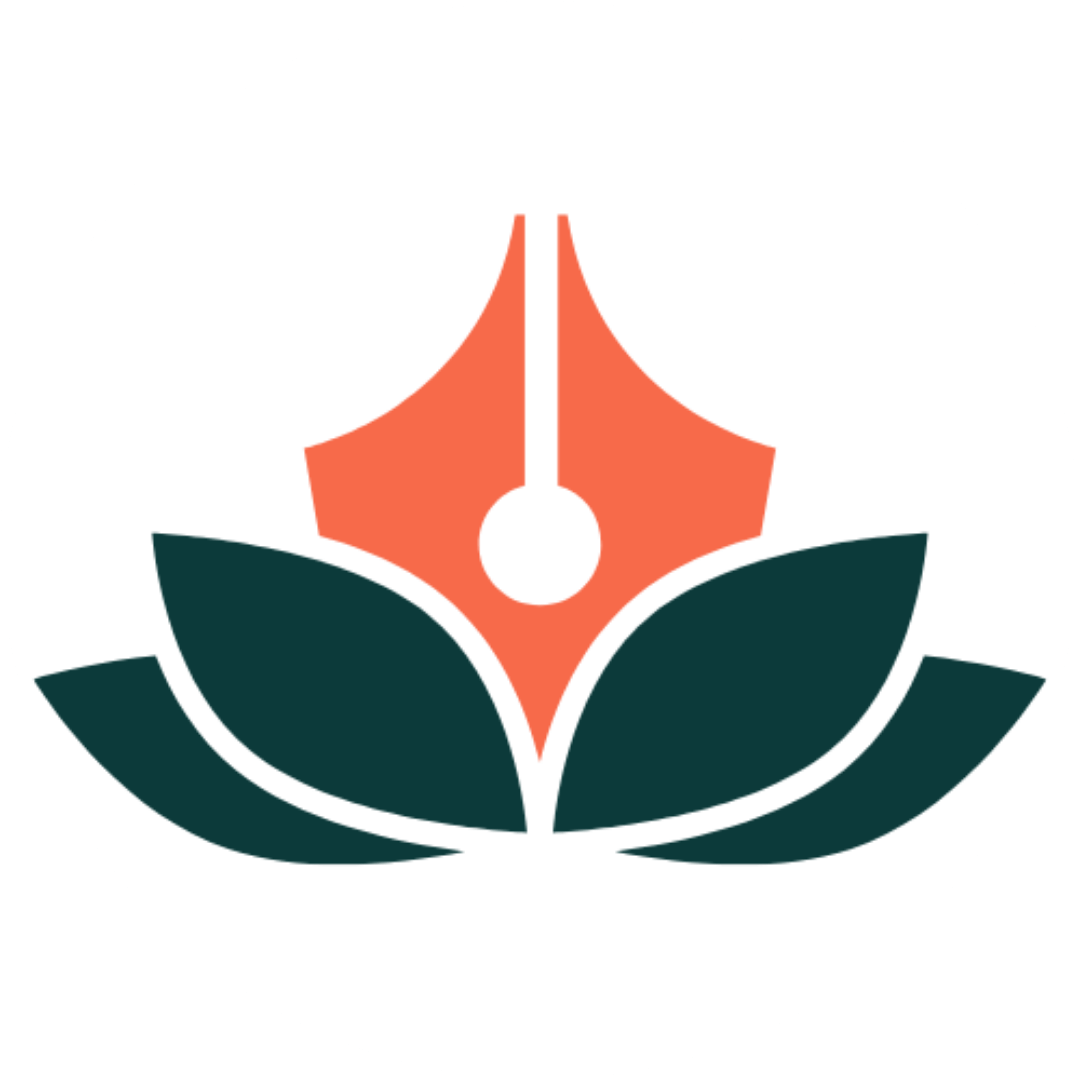Introduction
The world unfolds as a symphony, where every element—from the whisper of wind to the glow of neon—carries its own distinct rhythm. Immersive environments are not merely spaces; they are living narratives in motion. In these settings, sensory experiences coalesce into a transformative tapestry that both reflects and shapes our perceptions of self and community. This article contends that the interplay of sensory dimensions—Place, Sound, Light, and Smell—creates dynamic narrative structures that not only document but actively reconfigure human agency. Drawing on the theoretical insights of Deleuze (1994), Foucault and Miskowiec (1986), Hofstadter (1979) and Fischer-Lichte (2008), as well as findings from my own research (Rossouw, 2019), I explore how curated immersive performance spaces, such as those created by ATOM, generate autopoietic feedback loops (AFL) that empower individuals and communities to co-create their realities.
Theoretical Foundations
Rhythm, Narrative, and Difference
At its core, rhythm is the perception of difference—the perpetual oscillation between presence and absence that animates our experience. As Deleuze (1994) posits, it is difference rather than uniformity that underlies the fabric of reality. In this framework, narrative is more than a sequence of events; it is an ontological progression, an unfolding that renders our lived experiences meaningful. Each sensory element contributes its own “beat” to this narrative, making our engagement with the world a multisensory, embodied act.
Heterotopia, Strange Loops, and Autopoesis
Foucault and Miskowiec’s (1986) notion of heterotopia describes space as a layered, alternative arena where multiple realities coexist—spaces that challenge the conventional order and open pathways to new modes of experience. Hofstadter’s (1979) concept of the “strange loop” adds a further dimension, suggesting that meaning emerges through recursive interactions between different levels of perception. Building on these ideas, Fischer-Lichte (2008) shows that performance can catalyse transformative change by harnessing such loops. My research (Rossouw, 2019) confirms that immersive performance environments generate autopoietic feedback loops: self-reinforcing cycles in which sensory inputs (like sound and light) provoke reflexive responses, enabling participants to re-negotiate their identities and collective social space.
Archive and Repertoire as Memory in Motion
Traditional archives, composed of static, material records, often privilege written and documented history as the (most) legitimate form of memory (cf. Derrida, 1998). In contrast, the repertoire is an embodied, oral transmission of memory—a living archive enacted through performance and ritual (cf. Taylor, 2003). Adopting this pluralistic understanding of memory enables us to articulate the transformative potential of immersive events more effectively.
Our Case Study
An immersive dance event, hosted by ATOM—a South African creative collective active circa 2016–2018—serves as our case study. NOVA was hosted at the Waiting Room, a popular Cape Town nightclub, on Thursday, 10 March 2016. This promo video shares a taste of the hallmark ATOM experience.








Looking for a more relaxed read?
This article shares research findings tailored for a broad audience. If you’re after lighter, more hands-on insights, check out our resource hub for creative tips and ideas.

The Autopoietic Feedback Loop as Mechanism for Transformation
Central to immersive performance is the autopoietic feedback loop (AFL). Rooted in Hofstadter’s (1979) “strange loop” and refined through Fischer-Lichte’s (2008) analysis, the AFL describes how sensory stimuli and personal responses interact in a self-reinforcing cycle. In the context of ATOM’s events, dissonant encounters—whether through sudden shifts in sound or unexpected changes in light—trigger reflexive responses that continually reshape a participant’s experience. This self-referential process not only reconfigures individual identity but also fosters collective agency, as groups of participants negotiate a shared narrative. My observations (Rossouw, 2019) attest that such immersive interventions lead to measurable shifts in social cohesion, confirming performance’s potential as a technology for social innovation.
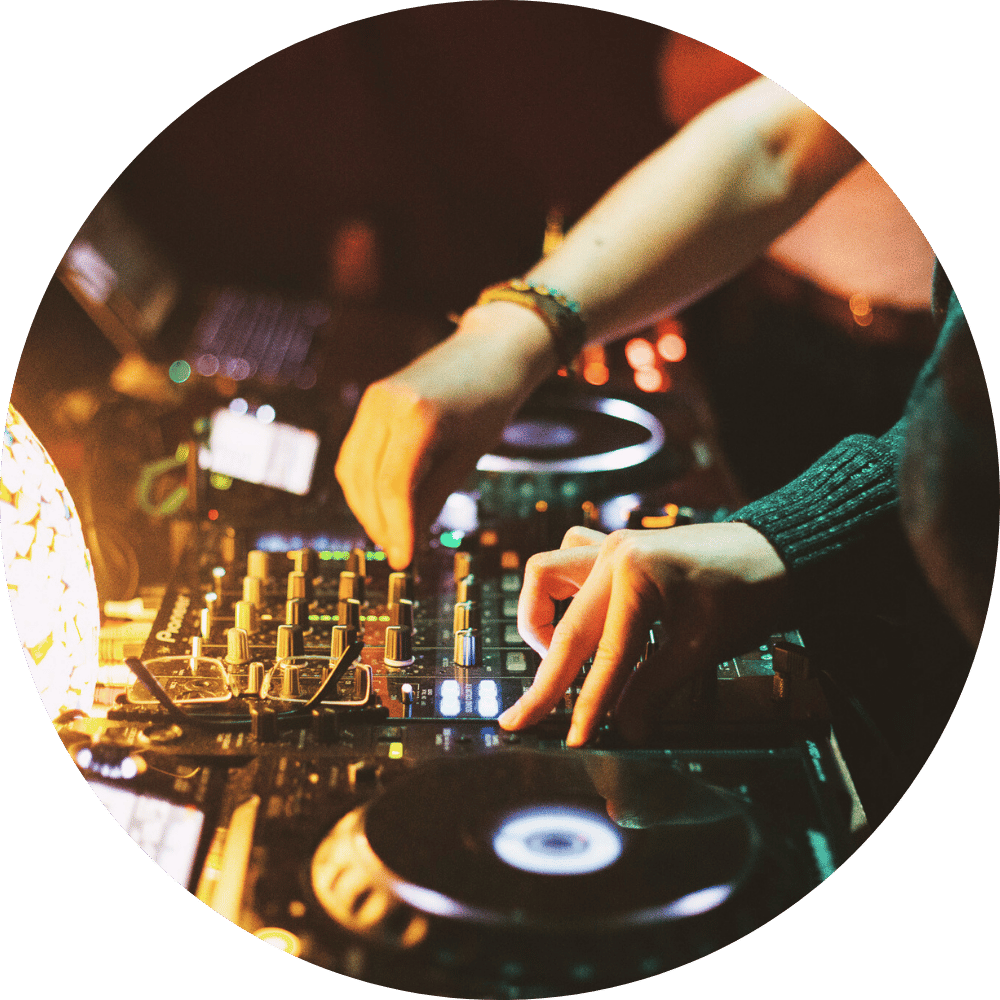


Curatorial Praxis: Minimal Framing for Maximum Impact
A recurring insight from my research is the importance of curatorial praxis in shaping immersive experiences. Rather than over-framing an event, the most effective interventions provide just enough context to allow natural sensory interplay to take center stage. This minimal framing invites participants to actively interpret and co-create the experience, ensuring that the performance remains fluid and responsive. In ATOM’s approach, the deliberate reduction of overt cues helps preserve the authenticity of the encounter, enabling autopoietic feedback loops to emerge organically.
Reflections and Implications for Social Innovation
Curated immersive performance spaces like NOVA do more than entertain—they catalyse transformation. By leveraging the interplay of Place, Sound, Light, and Smell, these environments enact a living form of ontological design, enabling participants to reimagine their identities and reshape social spaces.
These interventions have demonstrable effects on social cohesion. Over the course of ATOM’s multi-year engagement, shifts in participant behavior and community interaction were observed, suggesting that immersive performance can serve as a potent mechanism for social innovation. By embedding performance within the everyday fabric of life, such interventions challenge the static nature of traditional archives, replacing them with dynamic repertoires that evolve through lived experience.




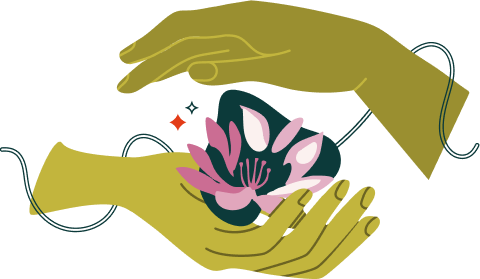
Want to see more?
Let us know what you’re looking for and we’ll create a showcase that demonstrates the skills you need for the project you have in mind.
What People Are Saying

References and Bibliography
- Deleuze, G. (1994) Difference and Repetition. Translated by P. Patton. New York: Columbia University Press.
- Derrida, J. (1998) Archive Fever: A Freudian Impression. Translated by E. Prenowitz. Chicago: University of Chicago Press.
- Fischer-Lichte, E. (2008) The Transformative Power of Performance: A New Aesthetics. Translated by S.I. Jain. New York: Routledge.
- Foucault, M. and Miskowiec, J. (1986) ‘Of Other Spaces’, Diacritics, 16(1), pp. 22–27. doi: 10.2307/464648. Available at: https://foucault.info/documents/heterotopia/foucault.heteroTopia.en/ (Accessed: 8 January 2025).
- Hofstadter, D. (1979) Gödel, Escher, Bach: An Eternal Golden Braid. New York: Basic Books. Available at: http://www.physixfan.com/wp-content/files/GEBen.pdf (Accessed: 28 May 2018).
- Powell, R. (2016) ‘ATOM’, Rafael Powell Blog, 22 April. Available at: https://rafaelpowell.com/2016/04/22/atom-2/ (Accessed: 8 January 2025).
- Pupil Visuals (2016) NOVA Photography. Available partially at: https://pupilvisuals.com and in private collection (Accessed: 8 January 2025).
- Resident Advisor (n.d.) NOVA at The Waiting Room. Available at: https://ra.co/events/808413 (Accessed: 22 February 2025).
- Rossouw, T. (2019) Remembering Repertoires: exploring performance as a social innovation technology. Faculty of Humanities, Department of Drama. http://hdl.handle.net/11427/30523
- Taylor, D. (2003) The Archive and the Repertoire: Performing Cultural Memory in the Americas. USA: Duke University Press.
- Whitfield, J-P. (c. 2016-2017) ATOM Promotional Video. Edited by J-P. Whitfield. Music by Thomas the Doubter. Private collection.
Images are ATOM event photographs in private collection by Jono Kyriakou, Anel Wessels, and Tauriq Dolley.
This is an example of:
- Long-form, in-depth writing
- Thought leadership on art and performance
- Integrating Practice as Research
- Translating research findings for a general audience
Related services:
- Content Creation, Storytelling and Editing
- Long-Form Articles & Thought Leadership
- Exhibition Design
- Curatorial & Concept Development
- Academic Services and Live Arts Support
- Academic Writing Coaching
- Practice as Research Consulting

